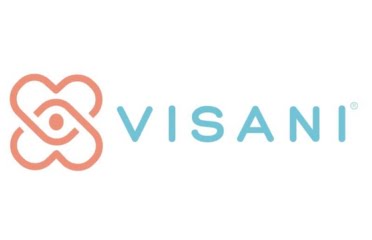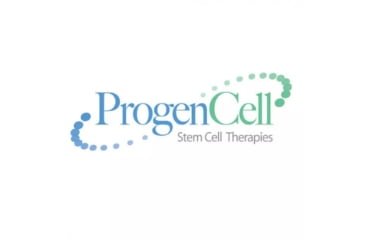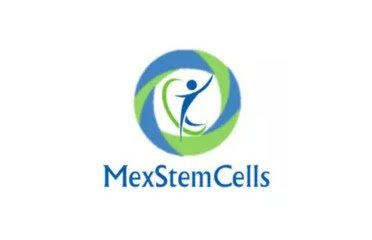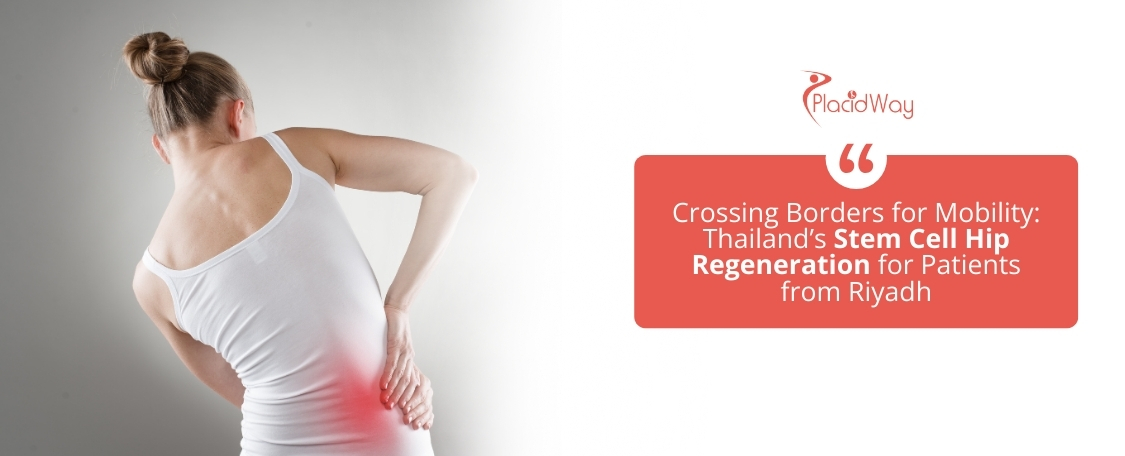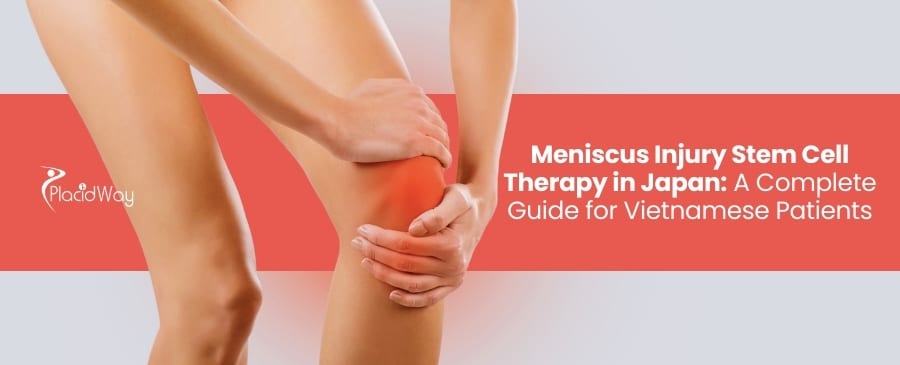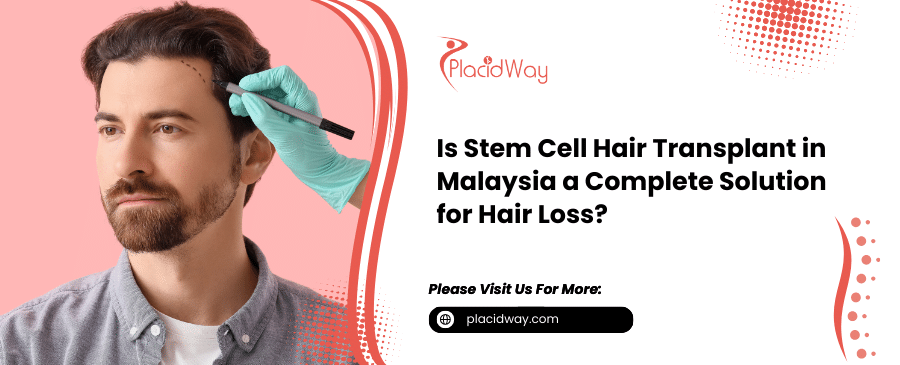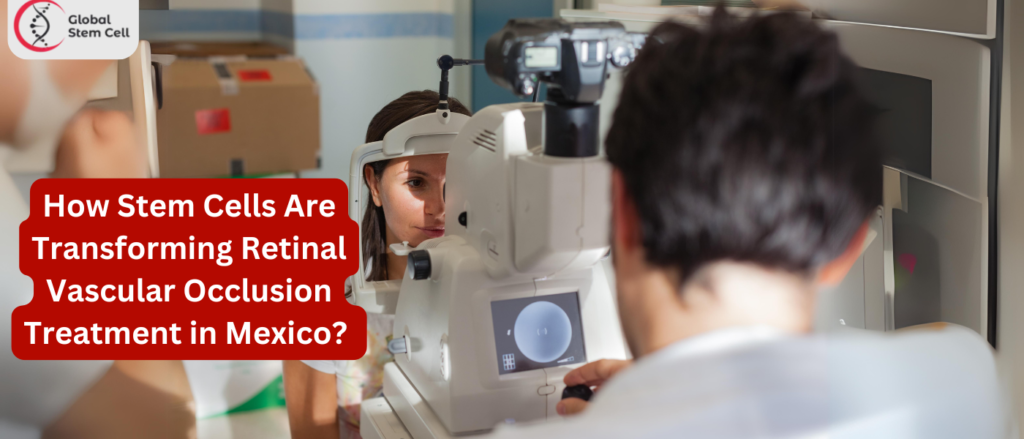
Retinal vascular occlusion (RVO) is a serious condition that occurs when one of the blood vessels in the retina becomes blocked, leading to impaired vision and, in some cases, permanent blindness. The retina, located at the back of the eye, plays a critical role in our ability to see, as it sends visual information to the brain. When blood flow is restricted, the retinal cells can become damaged or die, which can have lasting effects on vision.
While traditional treatments such as laser therapy and anti-VEGF injections have been used to manage retinal vascular occlusion, they often focus on mitigating the symptoms rather than repairing the underlying damage. Stem cell therapy has emerged as a revolutionary treatment that targets the root cause of RVO by repairing damaged retinal tissue and promoting vascular regeneration.
Mexico has become a leader in stem cell therapy for various medical conditions, including retinal vascular occlusion. With advanced medical facilities, experienced ophthalmologists, and more affordable treatment options, Mexico is attracting patients from around the world seeking effective solutions for vision restoration. This comprehensive guide will explore how stem cell therapy works for retinal vascular occlusion, why Mexico is an ideal destination for treatment, the top clinics offering this therapy, and the associated costs.
Cost of Stem Cell Therapy for Retinal Vascular Occlusion in Mexico
One of the primary reasons patients choose Mexico for stem cell therapy is the cost savings. Stem cell therapy for retinal vascular occlusion in Mexico is generally much more affordable than in countries like the United States or Europe, where the same treatments can cost significantly more.
| Location | Cost Range |
|---|---|
| Mexico | $6,000 to $9,000 |
| United States | $15,000 to $30,000 or more |
Factors that influence the cost of stem cell therapy for RVO in Mexico include:
- Type of Stem Cells: Most clinics use autologous stem cells harvested from the patient’s own body, which are generally less expensive than donor stem cells.
- Number of Sessions: Some patients may require multiple treatment sessions to achieve the desired results, which can increase the overall cost of treatment.
- Clinic Location and Reputation: Clinics in larger cities or those with a well-established reputation may charge higher rates for their services.
Many clinics in Mexico also offer all-inclusive medical tourism packages that cover the cost of the treatment, accommodations, transportation, and follow-up care. These packages provide excellent value for international patients, making the process of traveling for stem cell therapy more convenient and affordable.
Top Stem Cell Therapy Clinics for Retinal Vascular Occlusion in Mexico
Mexico is home to several leading clinics that specialize in stem cell therapy for retinal vascular occlusion. These clinics are known for their expertise in ophthalmology, advanced technology, and patient-centered care. Here are some of the top clinics offering stem cell therapy for RVO in Mexico:
Visani Stem Cells in Puebla, Mexico
Visani Stem Cells is a leading regenerative medicine center in Puebla, specializing in stem cell therapies for various eye conditions, including retinal vascular occlusion. The clinic uses mesenchymal stem cells harvested from the patient’s own body to repair damaged retinal tissue and promote vascular regeneration. Visani Stem Cells is known for its advanced technology and personalized treatment plans, making it a top choice for international patients seeking vision restoration.
Stem Health in Guadalajara, Mexico
Stem Health in Guadalajara is renowned for its expertise in treating retinal diseases using stem cell therapy. The clinic’s team of ophthalmologists and regenerative medicine specialists have extensive experience in using stem cells to restore vision in patients with retinal vascular occlusion. Stem Health offers a comprehensive range of services for international patients, including pre-treatment consultations, stem cell harvesting, and post-treatment follow-up care.
ProgenCell is one of Mexico’s most established stem cell therapy centers, offering cutting-edge treatments for a variety of medical conditions, including retinal vascular occlusion. The clinic specializes in using autologous mesenchymal stem cells to regenerate retinal tissue and improve blood flow to the retina. ProgenCell’s location near the U.S. border and its reputation for high-quality care make it a popular destination for patients seeking advanced stem cell therapies for vision restoration.
Stem Solutions, located in San Pedro Garza García, offers innovative stem cell therapies for eye diseases, including RVO. The clinic uses a combination of stem cells and growth factors to promote tissue repair and vascular regeneration in patients with retinal vascular occlusion. Stem Solutions is known for its commitment to providing personalized care and its use of the latest regenerative technologies to treat complex eye conditions.
MexStemCells in Mexico City, Mexico
MexStemCells in Mexico City is a premier stem cell therapy clinic offering treatments for retinal vascular occlusion and other retinal diseases. The clinic specializes in using mesenchymal stem cells to promote angiogenesis and repair damaged retinal tissues. MexStemCells is known for its patient-centered approach, state-of-the-art facilities, and affordable treatment options.
Understanding Retinal Vascular Occlusion (RVO)
Retinal vascular occlusion occurs when a blockage develops in one of the blood vessels that supply the retina. This condition can be classified into two primary types:
- Central Retinal Vein Occlusion (CRVO): This occurs when the central retinal vein, which drains blood from the retina, becomes blocked. CRVO often results in a sudden and severe loss of vision.
- Branch Retinal Vein Occlusion (BRVO): This occurs when one of the smaller veins branching from the central retinal vein becomes blocked. BRVO typically affects only a portion of the retina, causing partial vision loss or blurred vision.
Both types of RVO can lead to swelling (edema) in the retina, increased intraocular pressure, and damage to the retinal tissue. Common causes of retinal vascular occlusion include high blood pressure, diabetes, high cholesterol, and atherosclerosis. Age and certain clotting disorders can also increase the risk of developing RVO.
Symptoms of Retinal Vascular Occlusion
The symptoms of retinal vascular occlusion can vary depending on the severity of the blockage and the type of occlusion. Common symptoms include:
- Sudden or gradual loss of vision
- Blurry or distorted vision
- Dark spots or floaters in the field of vision
- Pain or pressure in the eye (less common)
How Stem Cell Therapy Works for Retinal Vascular Occlusion
Stem cell therapy for retinal vascular occlusion offers a novel approach to restoring vision by targeting the underlying causes of the condition—restricted blood flow and damaged retinal tissue. Stem cells have the unique ability to differentiate into various types of cells, including those found in the retina, making them ideal for regenerating damaged tissues and restoring proper blood flow.
Here’s how stem cell therapy works for RVO:
- Stem Cell Harvesting: The most commonly used stem cells for treating retinal vascular occlusion are mesenchymal stem cells (MSCs). These stem cells can be harvested from the patient’s own body, usually from bone marrow or adipose (fat) tissue. Using autologous (patient-derived) stem cells minimizes the risk of rejection or immune complications.
- Processing and Preparation: Once harvested, the stem cells are processed and purified in a laboratory to ensure they are of high quality. This step is crucial for maximizing the effectiveness of the treatment.
- Stem Cell Injection: The stem cells are then injected directly into the eye or into the bloodstream, depending on the treatment approach. In many cases, the cells are administered via intravitreal injection, a procedure in which the stem cells are injected directly into the vitreous cavity of the eye to target the damaged retina.
- Tissue Repair and Regeneration: Once the stem cells are in place, they begin to work by promoting tissue repair, reducing inflammation, and stimulating the growth of new blood vessels (angiogenesis). The stem cells can help restore the damaged retinal cells and improve blood flow to the affected area, leading to improvements in vision over time.
- Long-Term Results: Stem cell therapy not only helps repair the damage caused by retinal vascular occlusion but also provides long-term protection by reducing the risk of further occlusions. Many patients experience significant improvements in vision within weeks to months after the treatment.
Comparing Stem Cell Therapy to Traditional Treatments for Retinal Vascular Occlusion
When it comes to treating retinal vascular occlusion, traditional treatments have been the standard of care for many years. These treatments include:
| Treatment | Details |
|---|---|
| Anti-VEGF Injections | Medications such as ranibizumab (Lucentis) and aflibercept (Eylea) are commonly injected into the eye to reduce macular edema (swelling) caused by RVO. While these treatments can reduce symptoms and improve vision, they are often temporary and require repeated injections. |
| Laser Therapy | Laser photocoagulation has been used to prevent further vision loss by sealing off leaking blood vessels. However, this approach does not repair the underlying damage to the retinal tissue. |
| Steroid Injections | Corticosteroids may be used to reduce inflammation and swelling in the retina, but they come with potential side effects such as increased intraocular pressure and the risk of cataracts. |
These traditional treatments mainly focus on managing the symptoms of RVO, such as reducing swelling and preventing further damage, rather than addressing the root cause of the occlusion. In contrast, stem cell therapy offers a more comprehensive solution by repairing the damaged retinal tissue, restoring blood flow, and promoting long-term healing.
Stem cell therapy’s ability to regenerate blood vessels and retinal cells makes it a groundbreaking option for patients looking for a more lasting and restorative treatment. Additionally, unlike traditional treatments that may require ongoing injections or surgeries, stem cell therapy often requires only a few sessions, offering a more convenient and sustainable option for patients.
Lifestyle Changes and Post-Treatment Care for Retinal Vascular Occlusion
While stem cell therapy offers a significant opportunity for vision restoration, it’s important to understand that proper post-treatment care and lifestyle adjustments can play a crucial role in achieving the best outcomes. For patients undergoing stem cell therapy for retinal vascular occlusion, adhering to post-procedure guidelines is essential for maximizing the benefits of the treatment.
1. Follow-Up Appointments
After stem cell therapy, it is critical to attend all scheduled follow-up appointments. These visits allow your ophthalmologist to monitor the progress of your healing and ensure that the stem cells are regenerating the damaged retinal tissues as expected. The medical team may also perform diagnostic tests, such as optical coherence tomography (OCT), to assess improvements in retinal structure and function.
2. Managing Underlying Conditions
Since retinal vascular occlusion is often linked to underlying health issues such as high blood pressure, diabetes, or high cholesterol, managing these conditions is crucial for preventing future occlusions. Patients are encouraged to:
- Maintain healthy blood pressure levels through medication and lifestyle changes.
- Control blood sugar levels if they have diabetes.
- Follow a heart-healthy diet that reduces cholesterol levels.
- Take prescribed medications to manage these risk factors effectively.
3. Diet and Exercise
A well-balanced diet rich in vitamins and nutrients that support eye health, such as vitamin A, omega-3 fatty acids, and antioxidants, can aid in recovery. Incorporating regular exercise into your routine can also improve cardiovascular health, helping prevent further vascular issues that could impact the eyes.
4. Avoiding Smoking and Alcohol
Smoking and excessive alcohol consumption can have a negative impact on blood circulation and overall eye health. Quitting smoking and reducing alcohol intake are essential steps to take after undergoing stem cell therapy, as these habits can hinder the regenerative process and increase the risk of future vascular problems.
5. Eye Protection
Protecting your eyes from further damage is vital after receiving stem cell therapy. Wearing sunglasses that offer UV protection can shield your eyes from harmful rays that might exacerbate existing eye conditions. Additionally, avoiding activities that put strain on the eyes, such as prolonged screen time or reading in low light, is recommended.
FAQs About Stem Cell Therapy for Retinal Vascular Occlusion
Can stem cell therapy fully restore vision lost due to retinal vascular occlusion?
Stem cell therapy has shown promising results in repairing damaged retinal tissues and improving vision, but it may not fully restore vision to pre-condition levels for all patients. The success of the treatment depends on factors such as the severity of the occlusion, how early the treatment is administered, and the overall health of the eye. Many patients experience significant improvements in vision, but complete restoration is not guaranteed.
How is stem cell therapy different from anti-VEGF injections for retinal vascular occlusion?
Anti-VEGF injections, such as Lucentis or Eylea, are designed to reduce retinal swelling and prevent further blood vessel leakage, offering short-term relief for symptoms of retinal vascular occlusion. However, these injections often require ongoing treatment. Stem cell therapy, on the other hand, addresses the root cause by regenerating damaged retinal tissue and promoting vascular repair, potentially offering longer-term results and reducing the need for repetitive treatments.
Are there any age restrictions for stem cell therapy for retinal vascular occlusion?
There are no strict age restrictions for stem cell therapy, and the treatment can be effective for both younger and older patients. However, a thorough evaluation by a specialist is necessary to determine if the patient’s overall health and eye condition make them a suitable candidate for the procedure. Elderly patients may benefit from the regenerative properties of stem cells, especially when conventional treatments have been less effective.
How long does it take to see improvements in vision after stem cell therapy for retinal vascular occlusion?
Most patients begin to notice improvements in their vision within weeks to a few months after stem cell therapy. The healing and regenerative process continues over time, so some patients may experience gradual improvements in vision over several months. The speed of recovery can vary depending on the extent of the retinal damage and how the patient’s body responds to the treatment.
Can stem cell therapy prevent future retinal vascular occlusions?
Stem cell therapy may reduce the likelihood of future occlusions by improving vascular health and repairing damaged retinal tissues. While it is not a guaranteed preventative measure, the treatment can help restore proper blood flow and reduce inflammation, which are contributing factors to retinal vascular occlusion. Patients are still encouraged to manage any underlying conditions, such as hypertension or diabetes, to further reduce the risk of recurrence.
Take the first step toward restoring your vision with advanced stem cell therapy for retinal vascular occlusion in Mexico. Contact us today for a free consultation!


